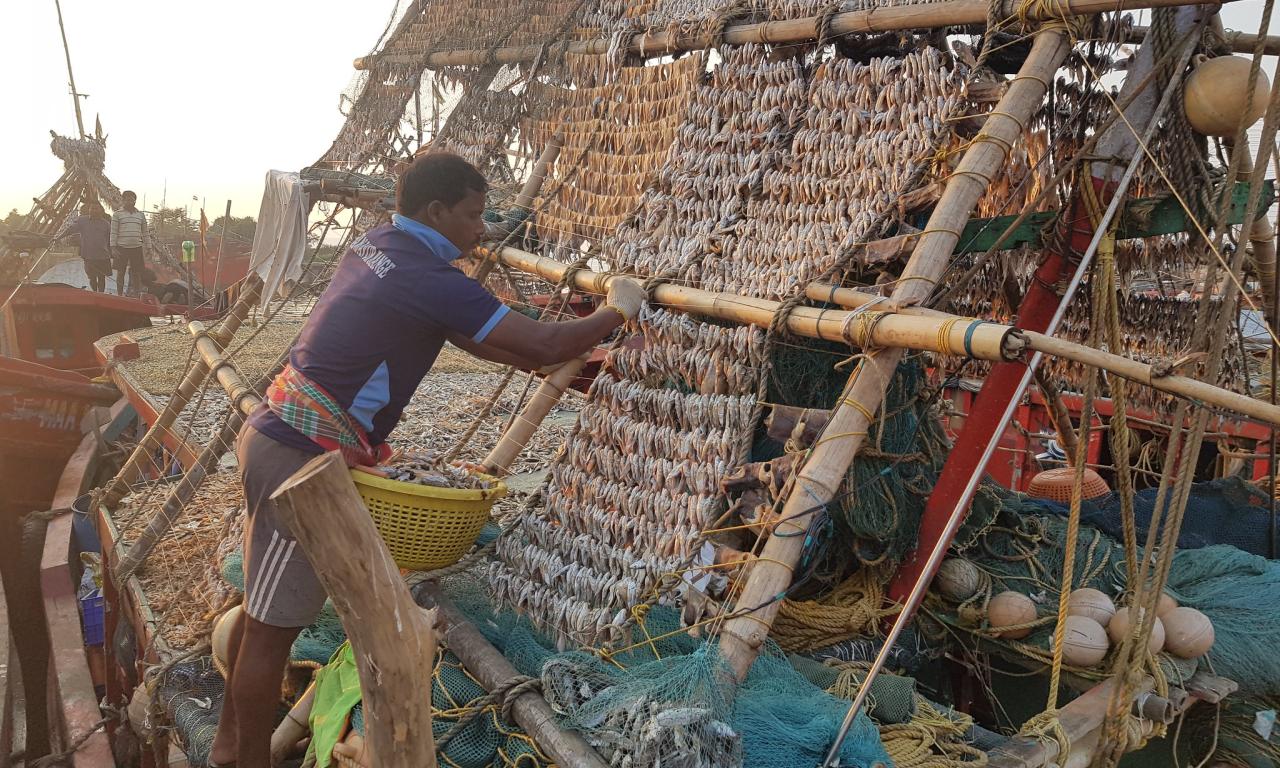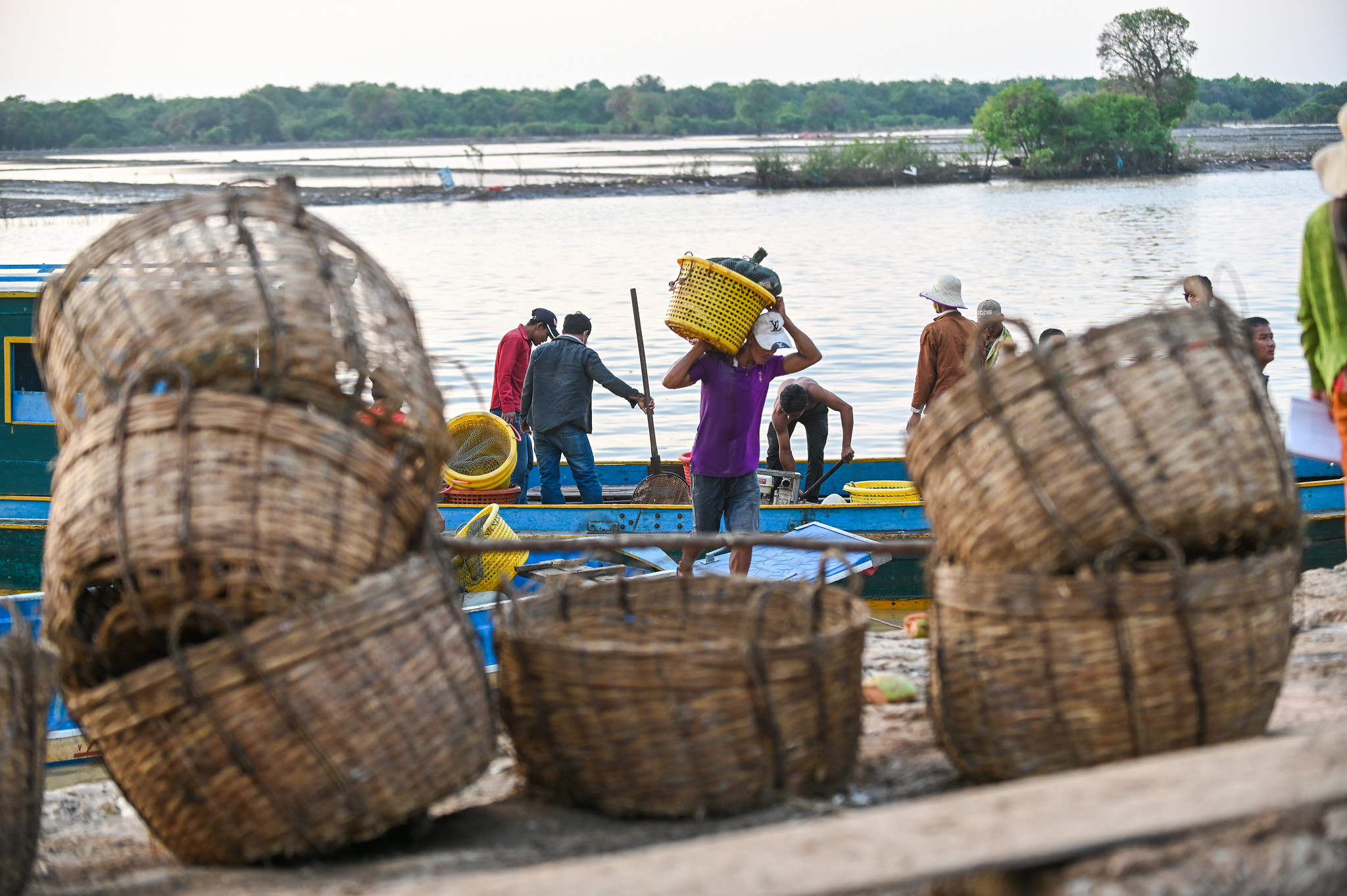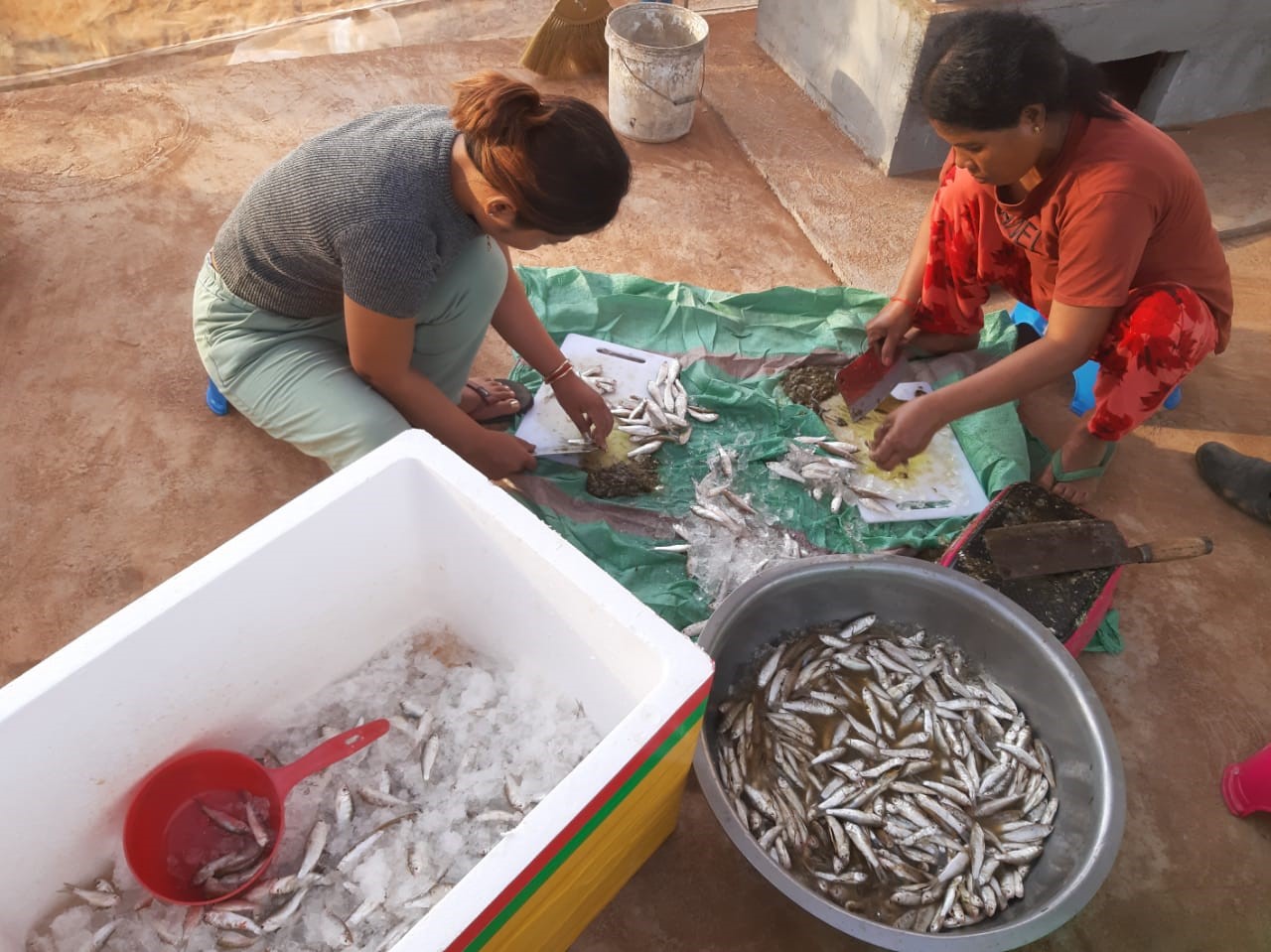
- Loss and waste can occur across the aquatic food systems
- More robust and harmonized evidence is needed to better guide policymaking
- Reduction of aquatic food loss and waste can bring health, nutrition, economic and environmental benefits
While the world already produces 1.5 times the amount of food required to feed the global population, more than 500 million people remain undernourished. Food is often wasted or spoiled before it can reach consumers in low- and middle-income countries. Strengthening aquatic food supply chains with more efficient practices and new innovations can help ensure nutrient-rich aquatic foods can reach those most vulnerable to malnutrition.
The United Nation’s Sustainable Development Goals (SDGs), which are a universal call to action to guarantee that all people enjoy peace and prosperity by 2030, set out to ensure sustainable consumption and production patterns through SDG target 12.3 alongside poverty and hunger eradication, with food loss and waste reductions being a primary target to achieve multiple goals.
Food loss and waste is defined as the decrease in either the quantity or quality of food. Food loss can occur across the supply chain, from harvest to processing to consumption. This ultimately results in nutritious aquatic foods, largely intended for human consumption, being wasted. Quality deterioration along the supply chain can also impact the safety, nutritional, and economic value of these aquatic foods, affecting the health and livelihoods of millions of people.
A new paper, Loss and waste in fish value chains: A review of the evidence from low- and middle-income countries, summarized the physical, quality, nutritional and market force losses across the aquatic food supply chain, identifying exactly where such losses occur in order to better target future interventions.
Understanding contributing factors of aquatic food loss and waste

Despite numerous studies being conducted on this subject for in the past three decades, there hasn’t been much reduction in loss levels observed over the years. According to the paper’s authors, this could possibly be due to the lack of attention on this issue.
“People are accustomed to these loss levels and need an economic incentive to reduce them,” said Lauren Pincus, a supply chain and nutrition scientist at WorldFish and a co-author of the paper.
Although there is potential for aquatic food loss and waste to arise in every node of the supply chain, the losses experienced by low- and middle-income are more pronounced in distribution, processing and post-production stages whereas in high-income countries losses are mainly in consumption and primary production stages.
A WorldFish survey conducted in Myanmar and Cambodia found that food loss in these countries are primarily a result of poor fish and shellfish handling, poor storage facilities, absence of ice/refrigeration, few primary processing facilities, poor transportation, inadequate market facilities and poor packaging. It is estimated that aquatic food loss in aquatic food supply chains in Southeast Asia is around 25 percent.
Identifying the source of, and understanding the factors contributing to, the losses will enable targeted interventions to yield the greatest impact with the limited resources available.
“Our research found many tools to reduce loss and waste: capacity building, knowledge transfer, technology, investments in infrastructure and legislation. Finding the right fit for each location, species, climate and culture is critically important,” advised Dave Love, an associate scientist at the Johns Hopkins Center for a Livable Future (CLF).
As an example, Pincus explains that in Asia and Africa much loss of fish post-harvest can be reduced with better cold chain or refrigeration methods from harvest until fish is purchased by consumers.
“Processors and transporters need access to better technology and infrastructure to do their jobs. They also need basic training on how to handle fish so that loss is minimized and quality is improved,” she suggested.
Interventions to reduce food loss and waste are hypothesized to have benefits for poverty reduction, improved food and nutrition security and efficiency of natural resource use in the form of better nutrition and health for consumers as well as improved livelihoods for supply chain actors.
Robust and harmonized evidence lead to better targeted interventions

The authors noted gender disparities in levels of loss even within supply chain nodes.
“Programs need to embrace a gender transformative approach so that the old gender norms that prevent women from gaining equal access to income, autonomy and a voice at the table do not continue. Since women’s businesses in aquatic food processing suffer enormously from aquatic food loss, they stand to benefit a lot from technological and social innovations that reduce this loss,” Pincus explained.
The review paper also identified gaps that should be addressed to provide more robust and harmonized evidence on food loss and waste. Information on losses in nutritional quality is lacking compared to the more available evidence on physical loss.
There is also a need for impact assessments of interventions to reduce aquatic food loss and waste for both consumers, producers and supply chain actors. With better evidence, policymakers can be better guided in their decision-making process.
“National governments need to recognize the economic losses that occur when aquatic foods are lost throughout the food system and invest resources into infrastructure that facilitates storage, processing and transport of aquatic foods. Research organizations can help by providing relevant data that highlight the problem, developing new ways of collecting data that can be used for rapid decision making, and researching technological solutions that help process and store aquatic foods in hygienic conditions,” remarked Pincus.
“Aquatic foods are tremendous resources from a nutritional standpoint,” added Andrew Thorne-Lyman, also an associate scientist at CLF. “Waste and loss of these resources represents a lost opportunity to address deficiencies that affect the health and cognitive potential of nations. Interventions to prevent waste and loss are therefore important for economic development as well as nutrition and health.”
Acknowledgement
This work was undertaken as part of the CGIAR Research Program on Policies, Institutions, and Markets (PIM) led by the International Food Policy Research Institute (IFPRI) and the CGIAR Research Program on Fish Agri-Food Systems (FISH) led by WorldFish. Funding support for this study was also provided by CGIAR Funders and the USAID Feed the Future Innovation Lab for Nutrition under grant ID: AID-OAA-L-10-00006. Additional funding was provided by the Natural Resources Institute.
